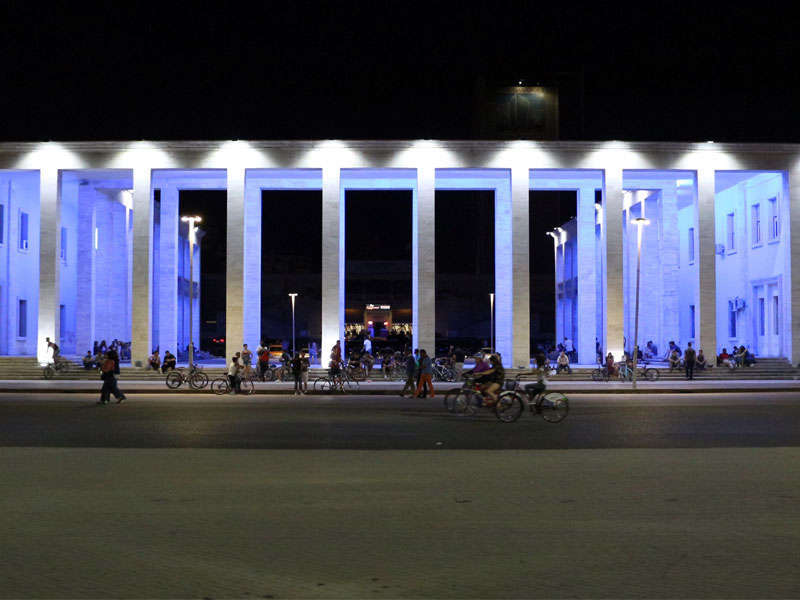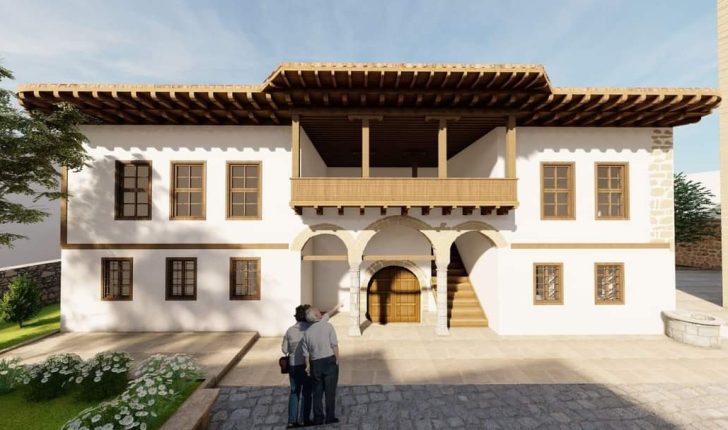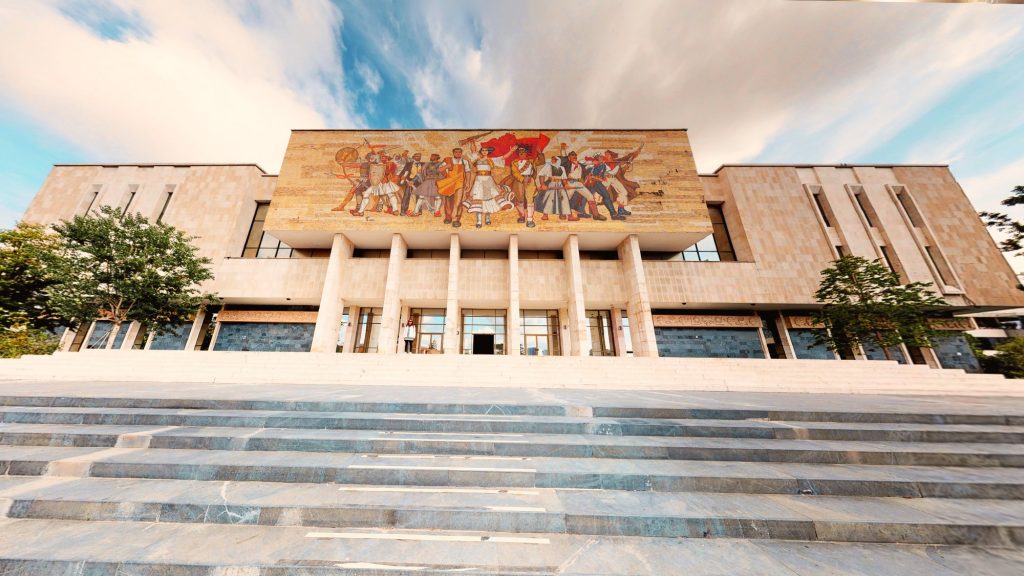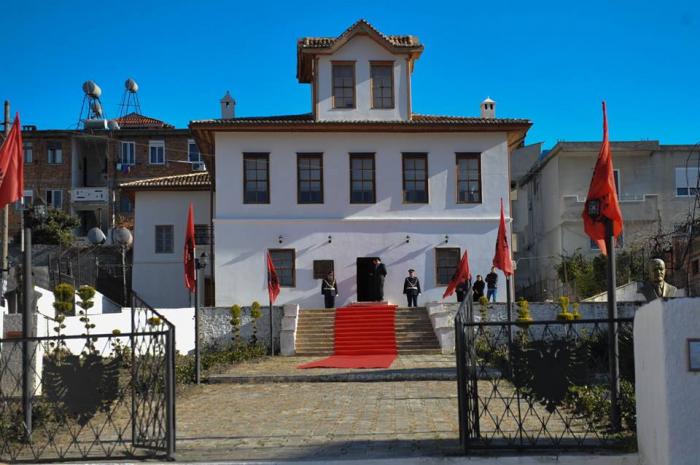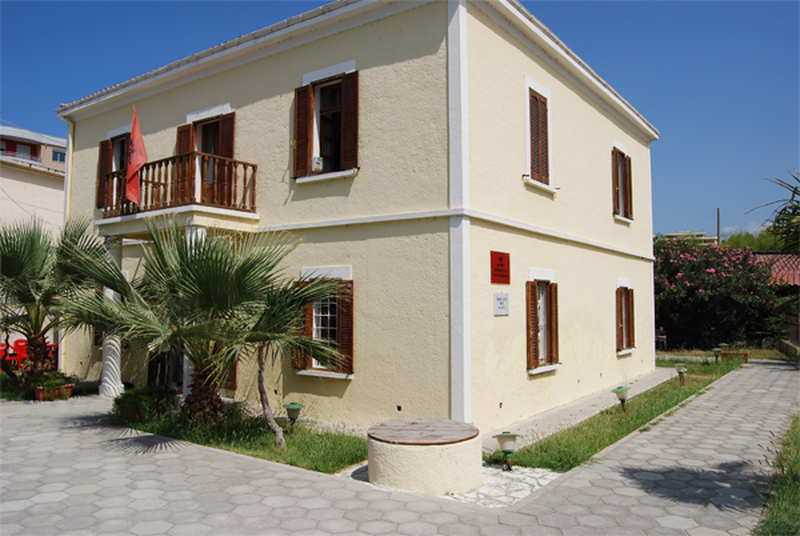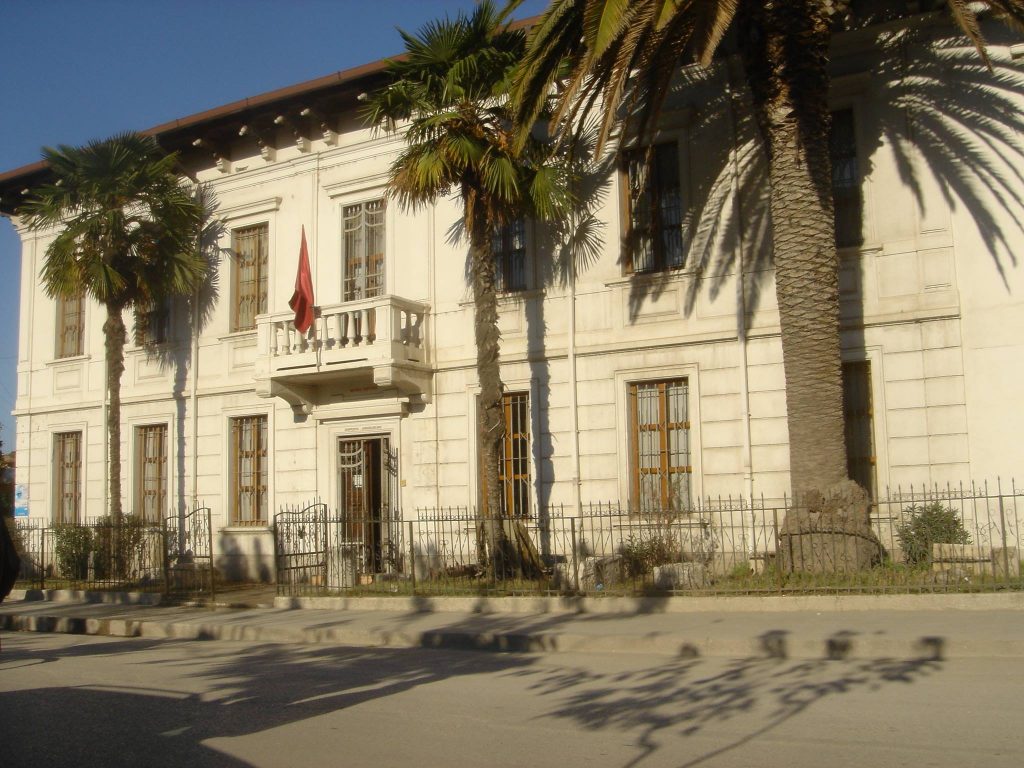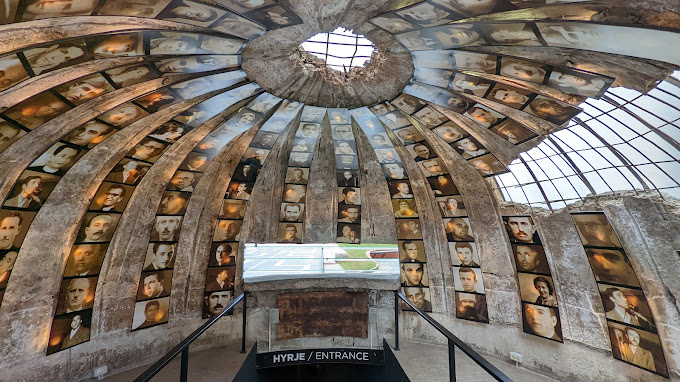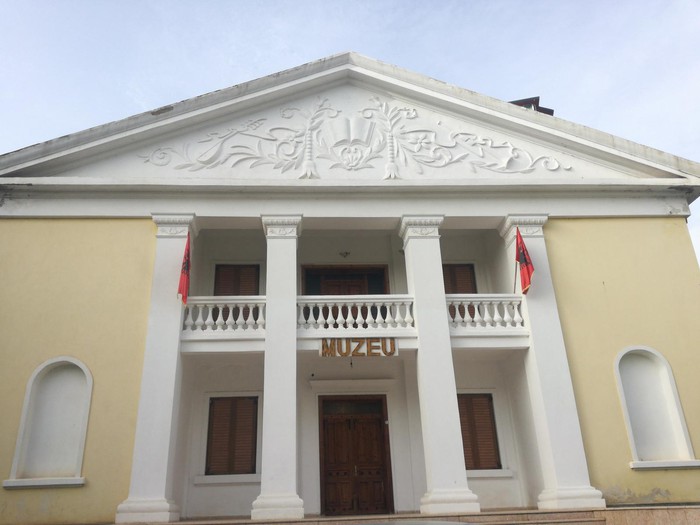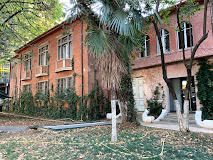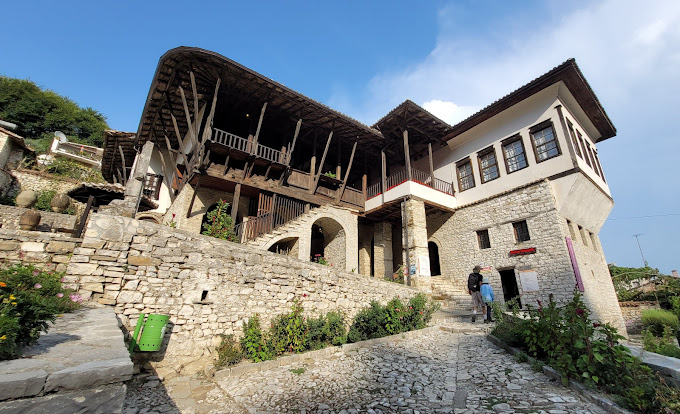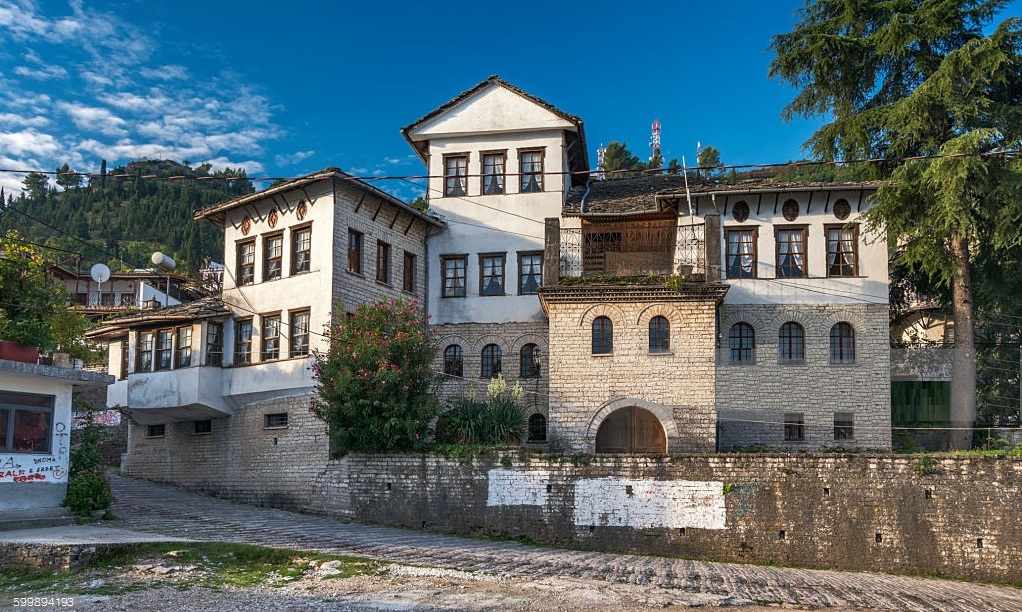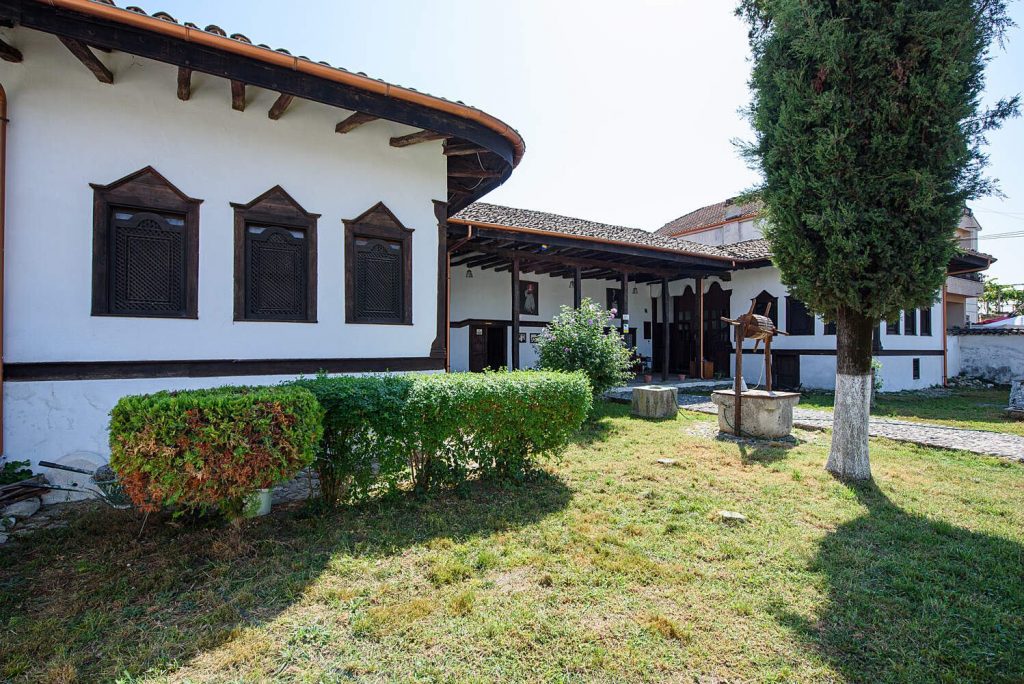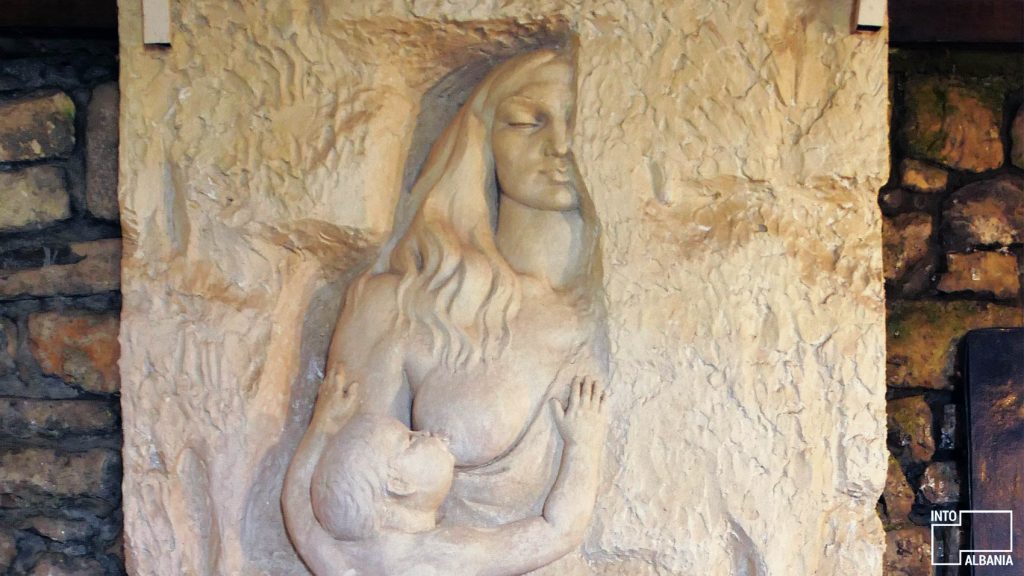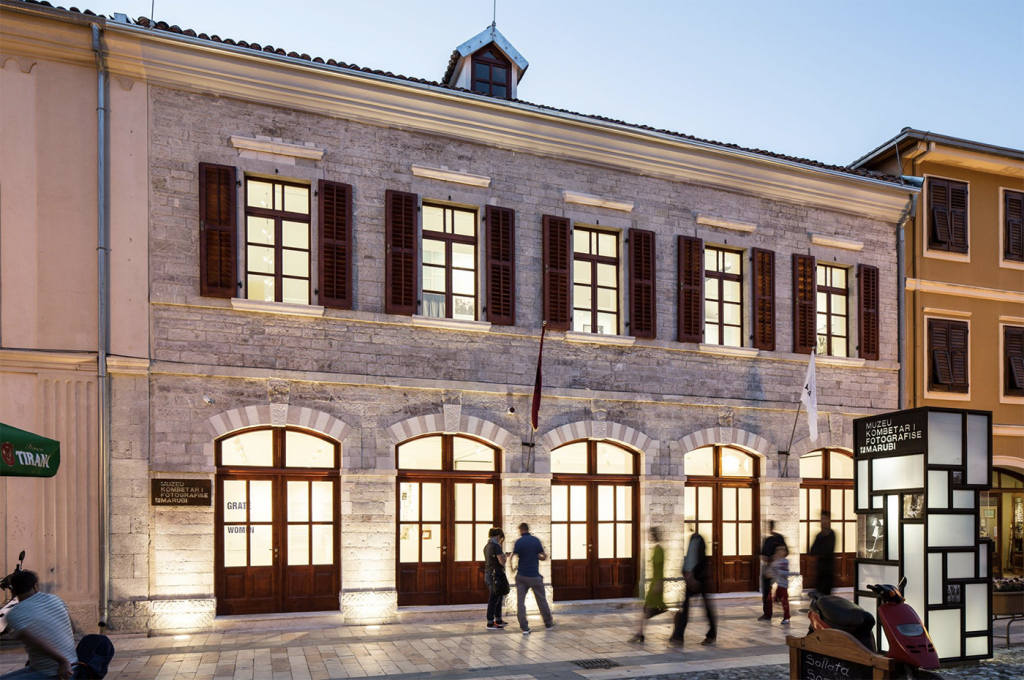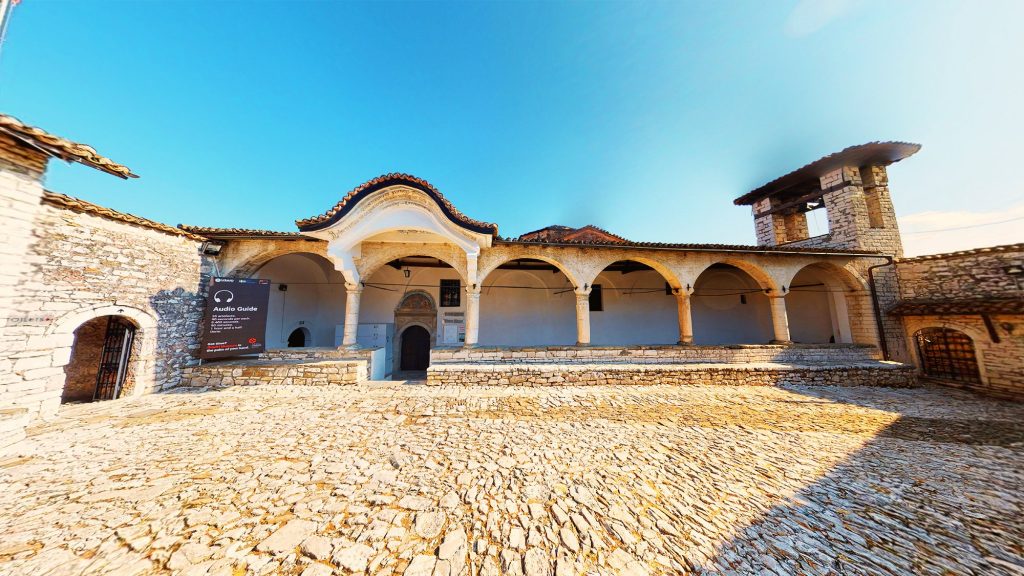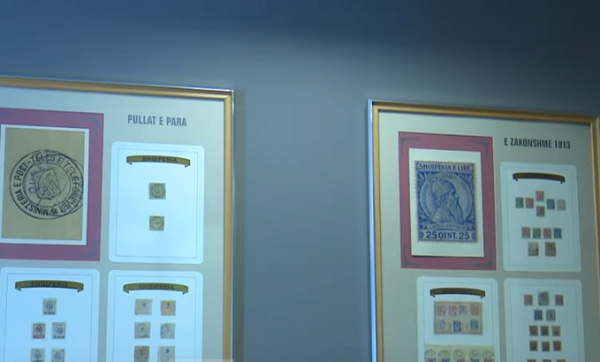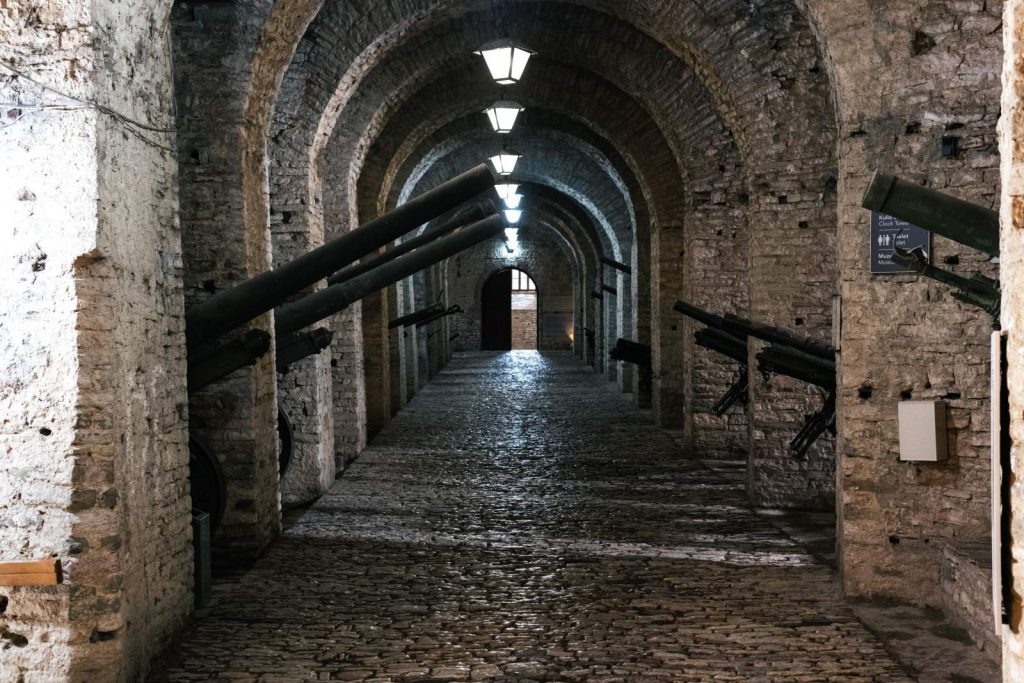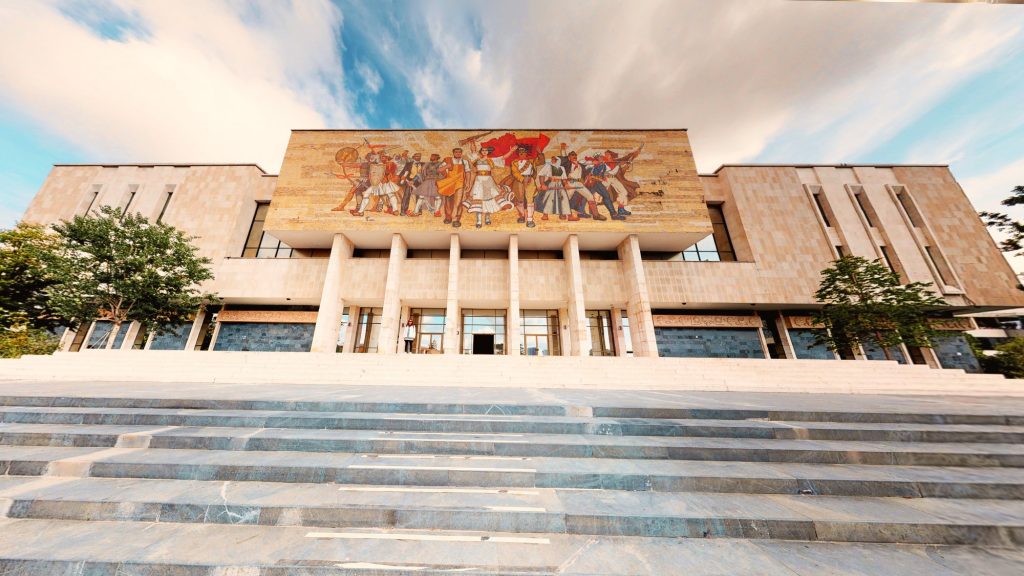
Muzeu Historik Kombëtar
Muzeu Historik Kombëtar (MHK) u inaugurua më 28 tetor 1981. Si muzeu më i rëndësishëm në Shqipëri, Muzeu Historik Kombëtar synon të ofrojë njohuri dhe vlerësim për historinë e Shqipërisë për publikun vendas, kombëtar dhe ndërkombëtar. Ai gjithashtu synon të inkurajojë dialogun mes qytetarëve për të kaluarën, të tashmen dhe të ardhmen shqiptare. Për këtë qëllim MHK ruan dhe studion dëshmi materiale dhe jomateriale të trashëgimisë historike dhe kulturore të Shqipërisë, të cilat komunikohen dhe paraqiten në një mjedis, që nxit edukimin dhe argëtimin.
Në mjediset e muzeut gjenden rreth 4750 objekte, të cilat i përkasin një periudhe relativisht të gjatë kohore duke filluar nga mijëvjeçari IV para Krishtit dhe deri në gjysmën e dytë të shekullit XX. Muzeu është konceptuar që prezantimi i tij të bëhet nëpërmjet tetë pavijoneve. Muzeu Historik Kombëtar është një institucion kërkimor shkencor, ku përveç pavijoneve, ka edhe ambiente arkivore dhe laboratorike, salla ekspozitash të përkohshme dhe salla konferencash.
Më shumë info; https://www.mhk.gov.al/en/homeen/
The National Archaeological Museum
The National Archaeological Museum in Tirana, Albania, established in 1948 originally as the Ethnographic-Archaeological Museum, stands as a central hub showcasing the majority of the country’s archaeological treasures. The museum houses approximately 18,000 objects from various historical periods. Across its three pavilions, over 2,000 objects are displayed, including sculptures and smaller items. These range from artifacts of the Stone Age to objects dating back to the era of Turkish conquest.
For more information, you can visit their website: http://asa.edu.al/site/ma/

 Shqip
Shqip